By Dennis R. Upkins
A great bard by the name of Toni Morrison once said, “If there is a book you want to read and it hasn’t been written yet, then you must write it.” Both the quote and the late author herself have been a guiding light for me both as an activist and as an author.
Case in point, my latest story “The Bonds That Bind.” Appearing in the forthcoming Afrofuturistic themed Spyfunk anthology, the short story was inspired in part by the dearth of quality and progressive speculative media featuring LGBTQs as the leads.
Some progress has been made in recent years with the likes of CW’s Batwoman, Black Lightning and even Supergirl, he latter making HERstory by introducing television’s first trans superheroine in Dreamer, who was played by Nicole Maines. But there is more work to be done.
Stories have power. And representation matters. Media and progressive storytelling may be the only resource and lifeline for so many LGBTQs.
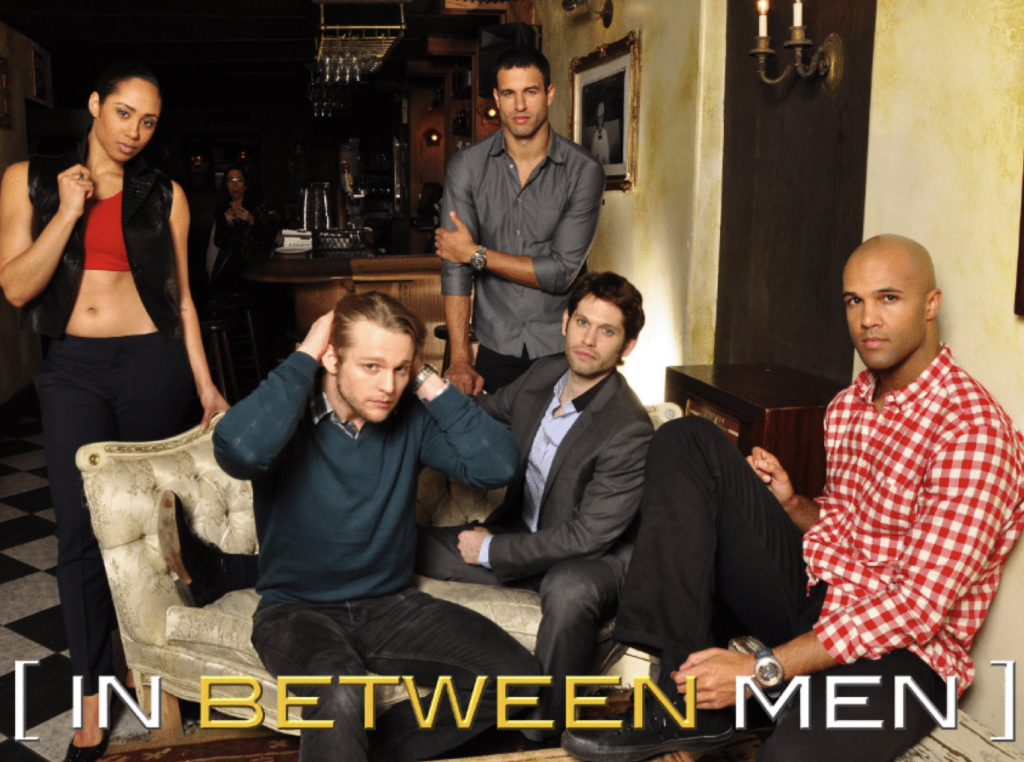
In Between Men: The series examines the personal & professional lives of four urbanites from different walks of life who do not fit into the lives & perceptions expected of them. Forced to live “in between” a gay world, whose cliches they don’t relate to and a straight world they don’t belong to, while navigating life as they live, work and play in New York City.
This show easily joins the ranks of Torchwood and Queer As Folk as one of the greatest (gay) series of all time. Speaking of the latter, I appreciated the pseudo-passing of the torch with QAF alum Michelle Renee Clunie appeared in an episode.
What makes In Between Men special is that it spoke to a demographic that is often overlooked on a topic is purposely ignored. For myself, a few loved ones and others, who for the most part, can pass for straight but are shunned by heterosexuals because of bigotry, but because we don’t limit ourselves to cliches or ignorant purviews of the “gay identity,” we’re often alone without a people. This series tackles the issue of masculinity, identity, with a most diverse cast, in a very refreshing and surprisingly nuanced manner. At least it was surprising until I found out the creator of the series, Quincy Morris, is a brother and all that artistry and excellence made sense.
While a few years have past since the first two seasons, I would love a final installment as a film just to give the characters and the series the proper sendoff it deserves.
In any event, I highly recommend it and it’s available now on YouTube.
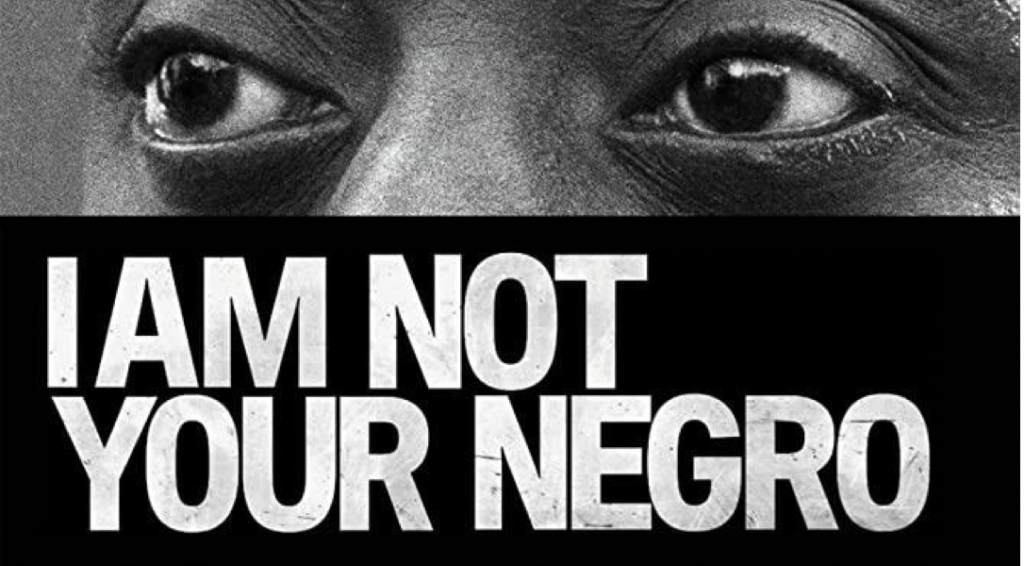
I Am Not Your Negro: In 1979, James Baldwin wrote a letter to his literary agent describing his next project, “Remember This House.” The book was to be a revolutionary, personal account of the lives of three of his close friends: Medgar Evers, Malcolm X and Martin Luther King, Jr. as well as Baldwin’s perspective on American History. At the time of Baldwin’s death in 1987, he left behind only 30 completed pages of this manuscript. Filmmaker Raoul Peck envisions the book James Baldwin never finished.
Narrated by Samuel L. Jackson, this 93-minute documentary combines archive footage and animated visuals with the prose with one of history’s greatest writers, which results in a phantasmagorical journey which both entertains, educates and challenges the viewer. Created on a $1 million budget, the original release had a very limited run which resulted in $7.7 million box office: practically unheard-of for a documentary and a testament to the artistry of this film.
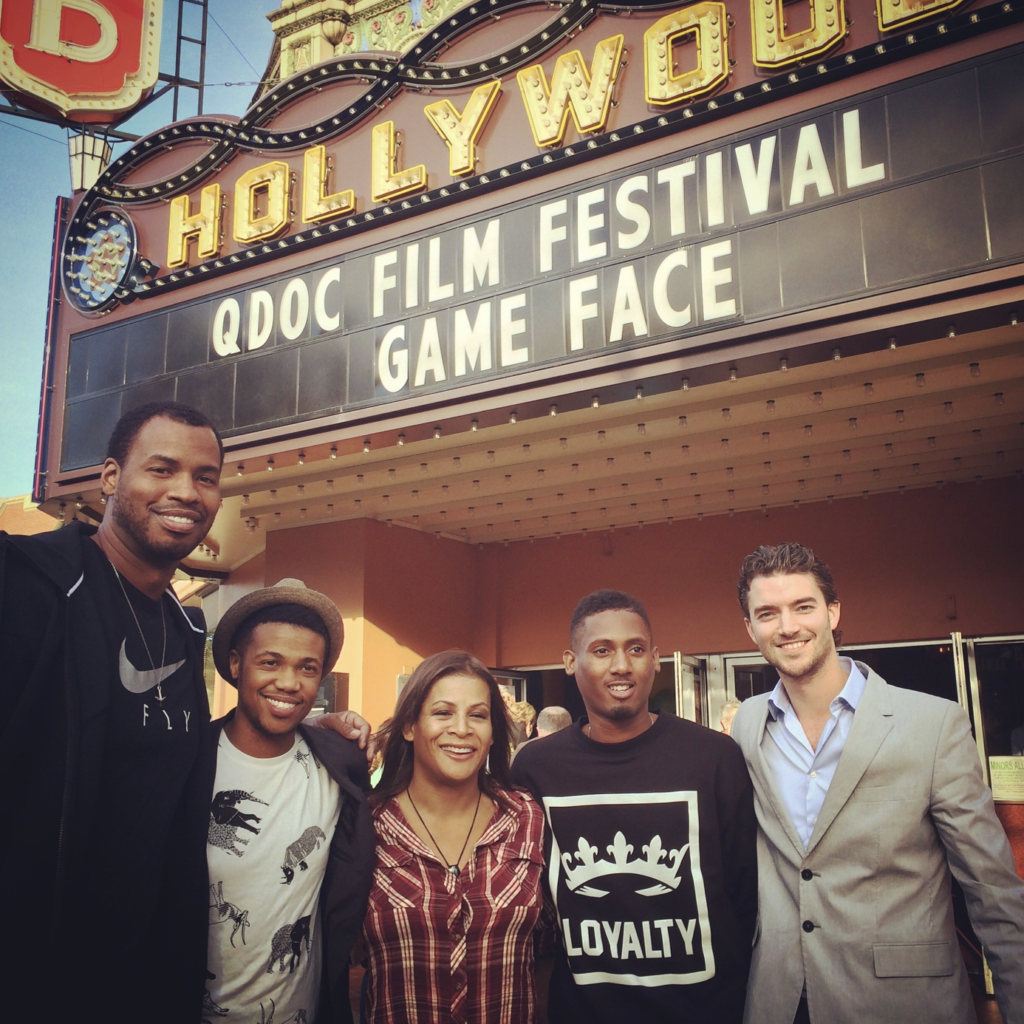
Game Face: Exploring the coming-out journeys of LGBTQ athletes: telling the parallel stories of Fallon Fox, the first female transgender pro MMA fighter; and Terrence Clemens, a college basketball player in Oklahoma who happens to be gay.
Even if you aren’t a sports fan, you’ll definitely appreciate this film. Directed by Michiel Thomas, this documentary does a masterful job of humanizing the individuals behind two trailblazing athletes and allowing the audience to follow Clemens and Fox on their respective quests and experience their trials and triumphs along with them. While the name of the film may be entitled Game Face, gamechangers is just as apt for these two pioneers.

Eastsiders: Written and directed by Kit Williamson (Mad Men), who also stars in this dark comedy as Cal, an ambitious young photographer who navigates the complex world of modern gay life, infidelity, and relationships with his boyfriend, Thom, played by Van Hansis (As The World Turns).
I’ve been a fan of Van Hansis for many years. Not only is he a wonderful actor but an outspoken activist for social justice, but he’s also a trailblazer. Taking over the role as Luke Snyder on CBS’s As The World Turns, Hansis’s character became involved in a romance with another male character and the pairing is considered by many to be the first gay supercouple in American soap opera history. So when I learned he was one of the stars, I was all too eager to check it out.
And before she was Fresh Off The Boat, Constance Wu could be found in this series stealing nearly every scene she was in.
Eastsiders is definitely one of those sordid black dramedies that is good for the self-esteem. Because this show will remind that in spite of all of your bad decisions that you made or continue to make, even your worst, you’re probably still better than this lot on their best day.

Feral: A close-knit group of young twenty-something artists living, loving, and figuring out how to pay the rent in Memphis, TN.
Between the cinematography, the story arcs, to the cast performances, this series is a testament to the artistry and ingenuity that indie content creators can produce. What also makes this 8-episode series stand out is that while the three main characters are gay/bi, the could have easily have worked as straight leads. But these rural complicated characters who produce visual art, indie films, and rock out to Lucero, show that LGBTQs come from all walks of life and we come in all forms, just like cis heterosexuals.
With the exception of John Grisham’s Rainmaker, this has to be the WHITEST Memphis I’ve ever witnessed (seriously what the hell) and there are countless other towns in Tennessee with nary a Negro in sight where this story could’ve taken place and made sense (Chattanooga, Cleveland, Kingsport, Bucksnort, Erin, Columbia). I have an easier time suspending disbelief when I’m watching Chronicles of Narnia. But I digress. For now. And that’s only because this is such a wonderful series. Feral is definitely a series worth viewing and adding to your library.

Strut: With Whoopi Goldberg at the helm as executive producer, Strut is a reality television series that revolves around the world of modeling and fashion. What makes this short-lived series unique, however, is that all of the models featured are transgender. The show goes inside the models’ personal lives, showcasing their struggles to make it in the fashion world and revealing emotional conversations with family members. The featured models include Laith, who was one of the first transgender male models to appear in a national campaign; Dominique Jackson, who has been modeling for more than 20 years; Isis, who was a fashion designer before getting into modeling; newcomer Ren, who hopes modeling can help her reconnect with her distant father; and outspoken Arisce, who has walked runways during New York, Los Angeles and Miami Fashion Week shows.
Strut is definitely a fun and entertaining reality tv series. If you’re a fan of America’s Next Top Model, or Project Runway, this series will definitely be up your alley. Before she was serving shade and snatching wigs on FX’s Pose, Jackson was rocking runways and photoshoots with flawless precision. A testament to how talented she is as an actress, Strut showcases how the wise, regal and nurturing Jackson couldn’t be more polar opposite than the villainous Elektra Abundance she portrays on the hit FX series. While the series only lasted for six episodes, you get a full story arc and the opportunity to meet some awesome models who all have been making moves since the short-lived Oxygen series aired.
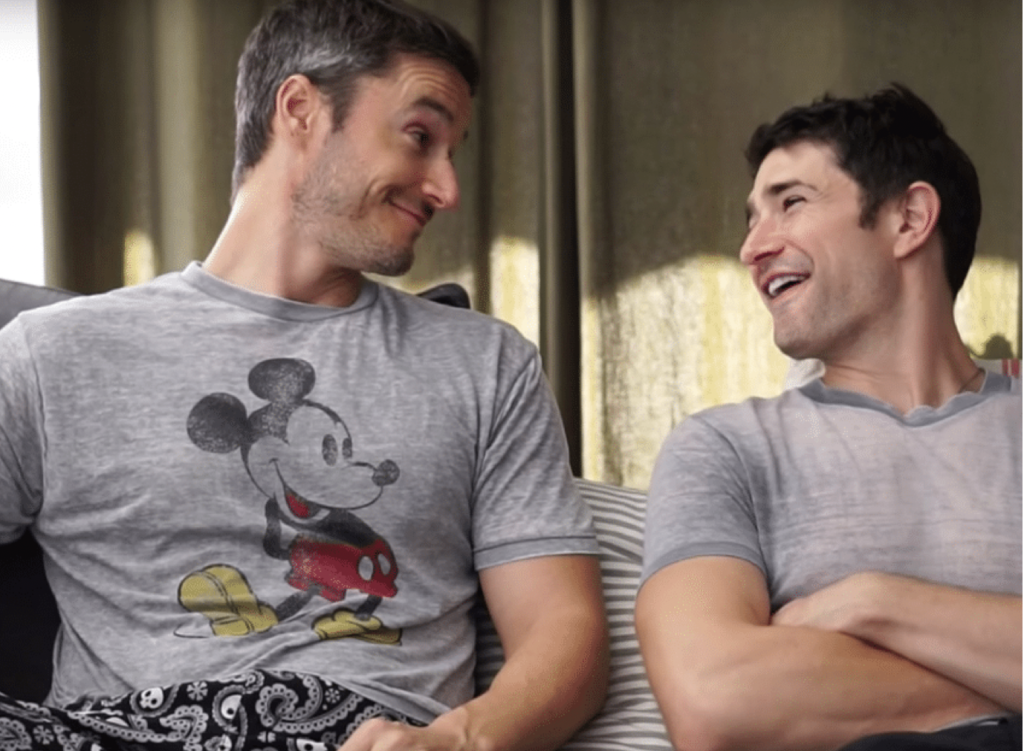
Matt and Blue: The YouTube channel of musician Blue Hamilton; his husband, actor Matt Dallas (Kyle XY); and their adorable son Crow, chronicles the misadventures of their lives on their four-acre farm.
Whether it’s sharing their personal experiences, offering advice on a number of topics, or informing you of some their sponsors’ excellent products to check out for some great deals, Matt and Blue are the definition of family goals and proof that there is fun, life, and adventure after marriage.

Love, Simon: Everyone deserves a great love story, but for 17-year-old Simon Spier, it’s a little more complicated. He hasn’t told his family or friends that he’s gay, and he doesn’t know the identity of the anonymous classmate that he’s fallen for online. Resolving both issues proves hilarious, terrifying and life-changing.
I have one monumental issue with Love, Simon. It’s that I wish there had been a film like this when I was a kid. It’s a coming of age tale that’s a romantic teen dramedy, but it’s layered, smart and it’s got heart without even trying. What truly makes this film a groundbreaking classic is that it showcases multiple compelling Black protagonists, including a love interest which sadly even in the 21st century mainstream (read: white) gay media is blatantly racist and specifically antiblack. This film thankfully avoids the racefail. But this shouldn’t be a shocker given that CW Arrowverse architect Greg Berlanti is the director. It should also be noted that Berlanti has gone on record giving credit to Muhammad Ali for giving him the courage to come out to his parents. So when you have The Greatest as one of your heroes, greatness tends to follow.
Also, speaking of following greatness, Love Victor, the television spinoff picks up where the film leaves off with cameos from prominent players from the film and it is awesome.
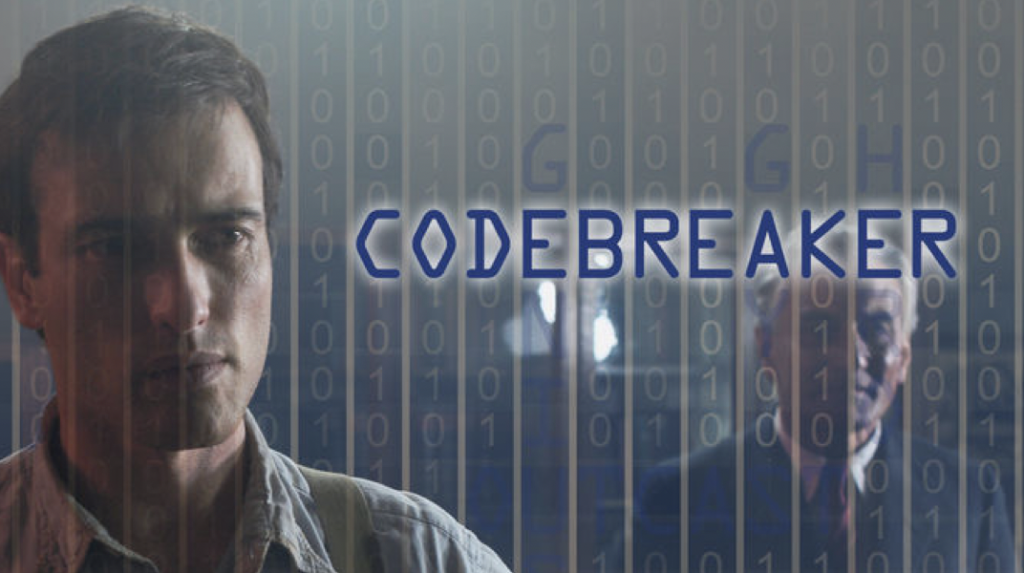
Codebreaker: Codebreaker tells the remarkable and tragic story of one of the 20th century’s most important people. Alan Turing set in motion the computer age and his World War II codebreaking helped turn the tide of the Second World War. Instead of receiving accolades, Turing faced terrible persecution. In 1952, the British Government forced him to undergo chemical castration as punishment for his homosexuality. In despair, Turing committed suicide. He was only 41 years old. Documentary elements seamlessly interconnect with drama scenes in Codebreaker to offer a three dimensional picture of Turing, his accomplishments, his tragic end, and his lasting legacy.
Unlike that abomination of a film, Codebreaker is a true testament to Alan Turing. Codebreaker is a bittersweet film that pulls no punches exploring the persecution Turing endured which led to his death, the qualities that made him one of history’s greatest (and still unsung) champions, and how his legacy can be found today. Case in point, the computer device you’re reading this article from. This film is a tribute to the life and legacy of a bonafide superhero and one I can’t recommend enough.
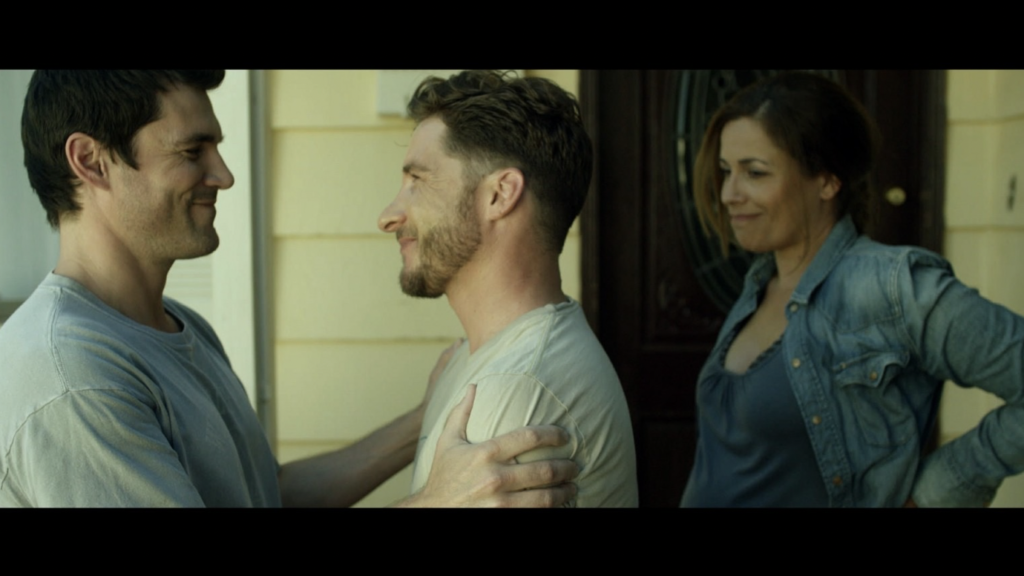
People You May Know: The lives of several friends are at a crossroads which is only further complicated when their relationships are thrown into chaos after a drunken one-night stand.
People You May Know is without question the greatest cinematic masterpiece of the 21st century. I say this objectively as an artist and academic. This assessment certainly has nothing to do with the fact that this film provides Sean “I’m Too Pretty To Be Legal” Maher in the type of hot sexy scenes usually reserved for the Paul Morris oeuvre. Nope, this is all factual objectivity.
Just joking. Sorta. Maybe.
In all seriousness, what makes this movie truly special is that even though two of the three leads are gay, their arcs make them relatable to any demographic. Each of the leads are searching to discover what will fulfill them and some of the choices they make may not be conventional or the right choice for others but it’s right for them. In one way or another, the completion they’re each searching for, they ultimately find within. People You May Know is a dramedy that has the cinematographic sensibilities of an indie film without being overt and pretentious. An amazing film and definitely one worth watching.
Did I mention it stars the delightful and gorgeous Sean Maher?

Dirty Computer Emotion Picture: An Android, Jane 57821, attempts to break free from the constraints of a totalitarian society that forcibly makes Jane comply with its homophobic beliefs.
This groundbreaking Afrofuturistic short film is a love letter to Black LGBTQ Excellence. Co-starring Tessa Thompson as Jane’s love interest, Emotion Picture accompanied the release of Monae’s third album, Dirty Computer. If you have not seen this tour d’force…. your life choices, make better ones.
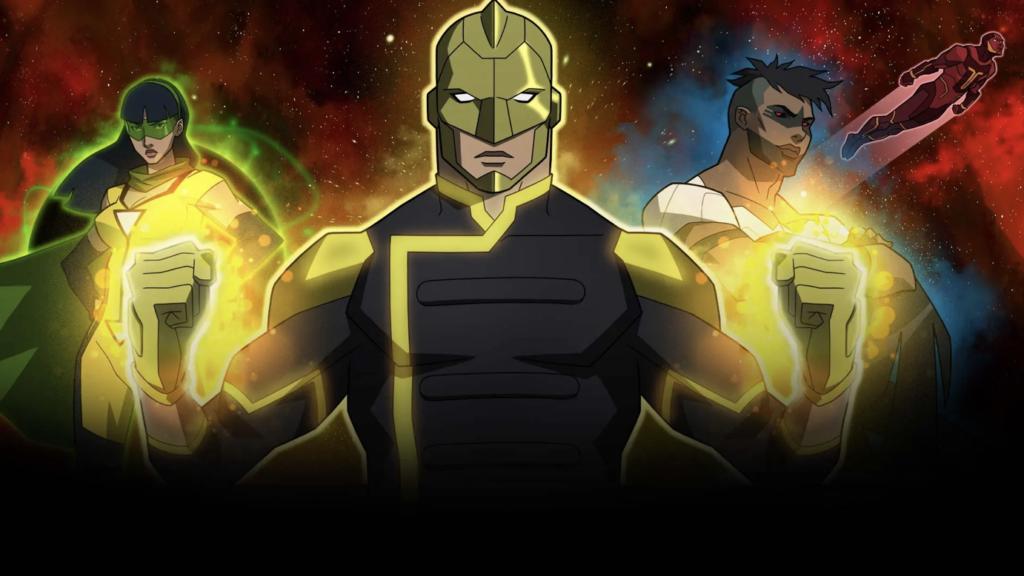
Freedom Fighters: The Ray: Combining the first two seasons of the hit animated series, which premiered on the CW Seed, as well as includes never-before-seen footage, Freedom Fighters is the animated origin story of Ray Terrill, who discovers himself as a superhero from a parallel Earth called Earth-X. The new superhero is on a mission to fulfill his destiny as the Earth-X Freedom Fighter, The Ray.
I previously discussed in depth why Freedom Fighters is an exceptional film and a most important one. The original CW Seed animated series is television’s first gay male superhero lead. Non-straight male superheroes are very few and usually relegated to supporting roles. Freedom Fighters is a must-see because LGBTQs need to witness that it doesn’t get better, it gets real, and that’s okay. This film is definitely an A-lister and is shining a ray of light on how artistry, diversity, superhero narratives, and social commentary are properly blended and executed.
Hopefully, Freedom Fighters (and the aforementioned titles on this list) is lighting the way for other exemplary narratives to follow.
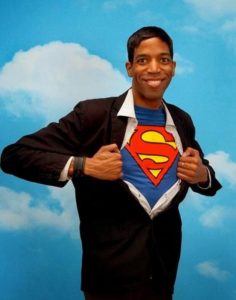 DENNIS R. UPKINS is a proud Atlanta, Ga. native. A voracious reader, a lifelong geek and a hopeless comic book addict, he knew at an early age that storytelling was his calling. In 2011, his debut novel, Hollowstone, was released by Parker Publishing. His sophomore title, West of Sunset, was also released by Parker Publishing in 2014. Upkins has also worked as a freelance artist and a digital photographer. His artwork and short stories have appeared in Drops of Crimson, Sniplits, and a number of other publications. Upkins regularly critiques and analyzes the representation and portrayal of minorities in comics and media and has served as a contributor for Ars Marginal, Black Girl Dangerous, Prism Comics, Nashville Geek Life, and Comicbook.com. In an effort to help enlighten society about the cultures of the African diaspora and promote a more accurate and positive image, Upkins launched the Black Folks Being Awesome initiative in 2013. When he’s not out saving the world and/or taking it over in his spare time, Upkins’s hobbies include drawing, modeling, acting, photography, cosplay, rollerblading, martial arts and of course writing. His website can be found here.
DENNIS R. UPKINS is a proud Atlanta, Ga. native. A voracious reader, a lifelong geek and a hopeless comic book addict, he knew at an early age that storytelling was his calling. In 2011, his debut novel, Hollowstone, was released by Parker Publishing. His sophomore title, West of Sunset, was also released by Parker Publishing in 2014. Upkins has also worked as a freelance artist and a digital photographer. His artwork and short stories have appeared in Drops of Crimson, Sniplits, and a number of other publications. Upkins regularly critiques and analyzes the representation and portrayal of minorities in comics and media and has served as a contributor for Ars Marginal, Black Girl Dangerous, Prism Comics, Nashville Geek Life, and Comicbook.com. In an effort to help enlighten society about the cultures of the African diaspora and promote a more accurate and positive image, Upkins launched the Black Folks Being Awesome initiative in 2013. When he’s not out saving the world and/or taking it over in his spare time, Upkins’s hobbies include drawing, modeling, acting, photography, cosplay, rollerblading, martial arts and of course writing. His website can be found here.
 writing books, she’s a librarian at a local library, which is kind of a superhero. Her superpowers include always knowing what kids like to read, being able to read more than 10 books at one time, and the ability to eat more pizza than anyone.
writing books, she’s a librarian at a local library, which is kind of a superhero. Her superpowers include always knowing what kids like to read, being able to read more than 10 books at one time, and the ability to eat more pizza than anyone.
 continues with the recent Mother of Centuries. His work has appeared in The Twilight Zone Magazine, Eldritch Tales, National Lampoon, River Styx, Tornado Alley and the anthology A Treasury of American Horror Stories, which also included stories by Stephen King, Richard Matheson and H.P. Lovecraft. He has written extensively on historical and arts-related subjects and has been a guest lecturer in fiction at Washington University in St. Louis. He is a lifelong Bigfoot enthusiast, and Annette: A Big Hairy Mom is his first novel for young readers.
continues with the recent Mother of Centuries. His work has appeared in The Twilight Zone Magazine, Eldritch Tales, National Lampoon, River Styx, Tornado Alley and the anthology A Treasury of American Horror Stories, which also included stories by Stephen King, Richard Matheson and H.P. Lovecraft. He has written extensively on historical and arts-related subjects and has been a guest lecturer in fiction at Washington University in St. Louis. He is a lifelong Bigfoot enthusiast, and Annette: A Big Hairy Mom is his first novel for young readers. STEVEN L. SHREWSBURY lives, works, and writes in rural Illinois. More than 360 of his short stories have appeared in print or electronic media, along with more than 100 poems. Nine of his novels have been released, with more on the way. His books run from sword & sorcery (Overkill, Thrall, Bedlam Unleashed) to historical fantasy (Godforsaken) extreme horror (Hawg, Tormentor, Stronger Than Death) to horror-westerns (Hell Billy, Bad Magick, and the forthcoming Last Man Screaming). He loves books, British TV, guns, movies, politics, sports and hanging out with his sons. He’s frequently outdoors, looking for brightness wherever it may hide.
STEVEN L. SHREWSBURY lives, works, and writes in rural Illinois. More than 360 of his short stories have appeared in print or electronic media, along with more than 100 poems. Nine of his novels have been released, with more on the way. His books run from sword & sorcery (Overkill, Thrall, Bedlam Unleashed) to historical fantasy (Godforsaken) extreme horror (Hawg, Tormentor, Stronger Than Death) to horror-westerns (Hell Billy, Bad Magick, and the forthcoming Last Man Screaming). He loves books, British TV, guns, movies, politics, sports and hanging out with his sons. He’s frequently outdoors, looking for brightness wherever it may hide.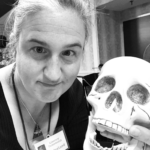 Rachel A. Brune graduated from the NYU Tisch School of the Arts in May 2000, and was immediately plunged into the low-stakes world of entry-level executive assistantship. Her unexpected journey out of that world and into the military is chronicled in her self-published book Echoes and Premonitions. Rachel served five years as a combat journalist, including two tours in Iraq, and a brief stint as a columnist for her hometown newspaper. After her second tour, she attended graduate school at the University at Albany in NY, where she earned her M.A. in political communication, and her commission as a second lieutenant in the military police corps.
Rachel A. Brune graduated from the NYU Tisch School of the Arts in May 2000, and was immediately plunged into the low-stakes world of entry-level executive assistantship. Her unexpected journey out of that world and into the military is chronicled in her self-published book Echoes and Premonitions. Rachel served five years as a combat journalist, including two tours in Iraq, and a brief stint as a columnist for her hometown newspaper. After her second tour, she attended graduate school at the University at Albany in NY, where she earned her M.A. in political communication, and her commission as a second lieutenant in the military police corps.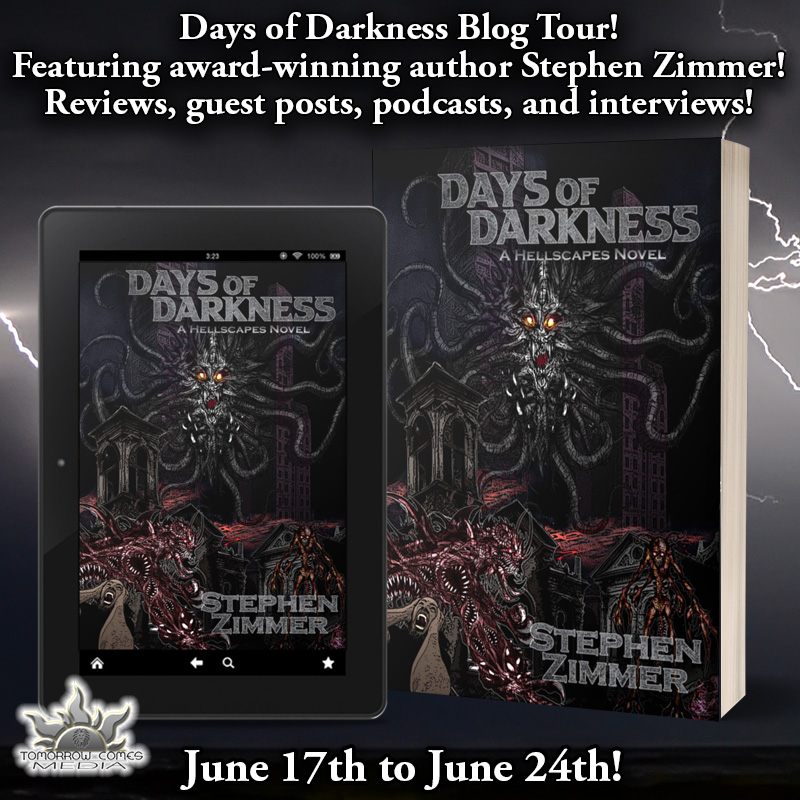

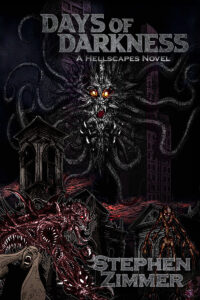
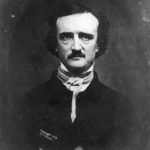
 In my day life I work as a librarian. I’ve always been passionate about books. I can’t remember a time when I wasn’t reading. I started writing when I was a young kid. In fact, one of my first forays into writing was a summer camp where we pretended to be authors. I still have the first books I “published” there. I love helping people find new books and authors. I specialize in teen fiction but I’m also an expert in science fiction and fantasy, which is what I read and write.
In my day life I work as a librarian. I’ve always been passionate about books. I can’t remember a time when I wasn’t reading. I started writing when I was a young kid. In fact, one of my first forays into writing was a summer camp where we pretended to be authors. I still have the first books I “published” there. I love helping people find new books and authors. I specialize in teen fiction but I’m also an expert in science fiction and fantasy, which is what I read and write.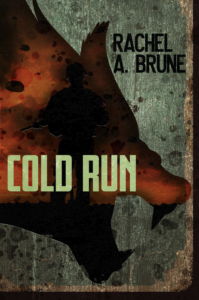
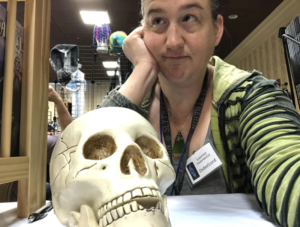 Rachel A. Brune graduated from the NYU Tisch School of the Arts in May 2000, and was immediately plunged into the low-stakes world of entry-level executive assistant-ship. Her unexpected journey out of that world and into the military is chronicled in her self-published book Echoes and Premonitions. After five years as a combat journalist, including two tours in Iraq, and a brief stint as a columnist for her hometown newspaper, she attended graduate school at the University at Albany in NY, where she earned her MA in Political Communication, and her commission as a second lieutenant in the military police corps. Although her day job has taken in her in many strange, often twisted directions, Rachel continues to write and publish short fiction. She released her first novel in early 2013. She blogs her thoughts about reading and the writing life at http://www.infamous-scribbler.com.
Rachel A. Brune graduated from the NYU Tisch School of the Arts in May 2000, and was immediately plunged into the low-stakes world of entry-level executive assistant-ship. Her unexpected journey out of that world and into the military is chronicled in her self-published book Echoes and Premonitions. After five years as a combat journalist, including two tours in Iraq, and a brief stint as a columnist for her hometown newspaper, she attended graduate school at the University at Albany in NY, where she earned her MA in Political Communication, and her commission as a second lieutenant in the military police corps. Although her day job has taken in her in many strange, often twisted directions, Rachel continues to write and publish short fiction. She released her first novel in early 2013. She blogs her thoughts about reading and the writing life at http://www.infamous-scribbler.com.











 DENNIS R. UPKINS is a proud Atlanta, Ga. native. A voracious reader, a lifelong geek and a hopeless comic book addict, he knew at an early age that storytelling was his calling. In 2011, his debut novel, Hollowstone, was released by Parker Publishing. His sophomore title, West of Sunset, was also released by Parker Publishing in 2014. Upkins has also worked as a freelance artist and a digital photographer. His artwork and short stories have appeared in Drops of Crimson, Sniplits, and a number of other publications. Upkins regularly critiques and analyzes the representation and portrayal of minorities in comics and media and has served as a contributor for Ars Marginal, Black Girl Dangerous, Prism Comics, Nashville Geek Life, and
DENNIS R. UPKINS is a proud Atlanta, Ga. native. A voracious reader, a lifelong geek and a hopeless comic book addict, he knew at an early age that storytelling was his calling. In 2011, his debut novel, Hollowstone, was released by Parker Publishing. His sophomore title, West of Sunset, was also released by Parker Publishing in 2014. Upkins has also worked as a freelance artist and a digital photographer. His artwork and short stories have appeared in Drops of Crimson, Sniplits, and a number of other publications. Upkins regularly critiques and analyzes the representation and portrayal of minorities in comics and media and has served as a contributor for Ars Marginal, Black Girl Dangerous, Prism Comics, Nashville Geek Life, and